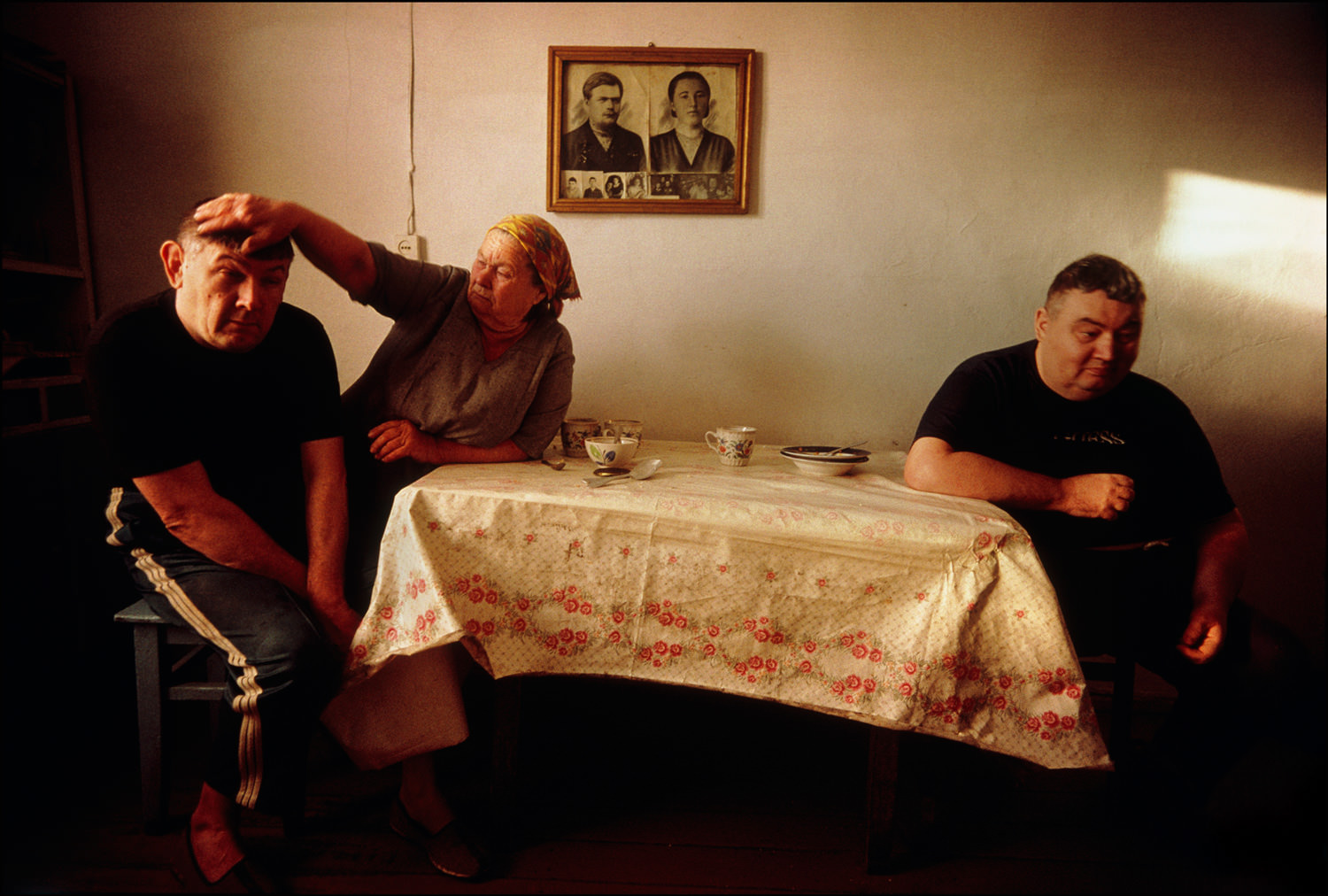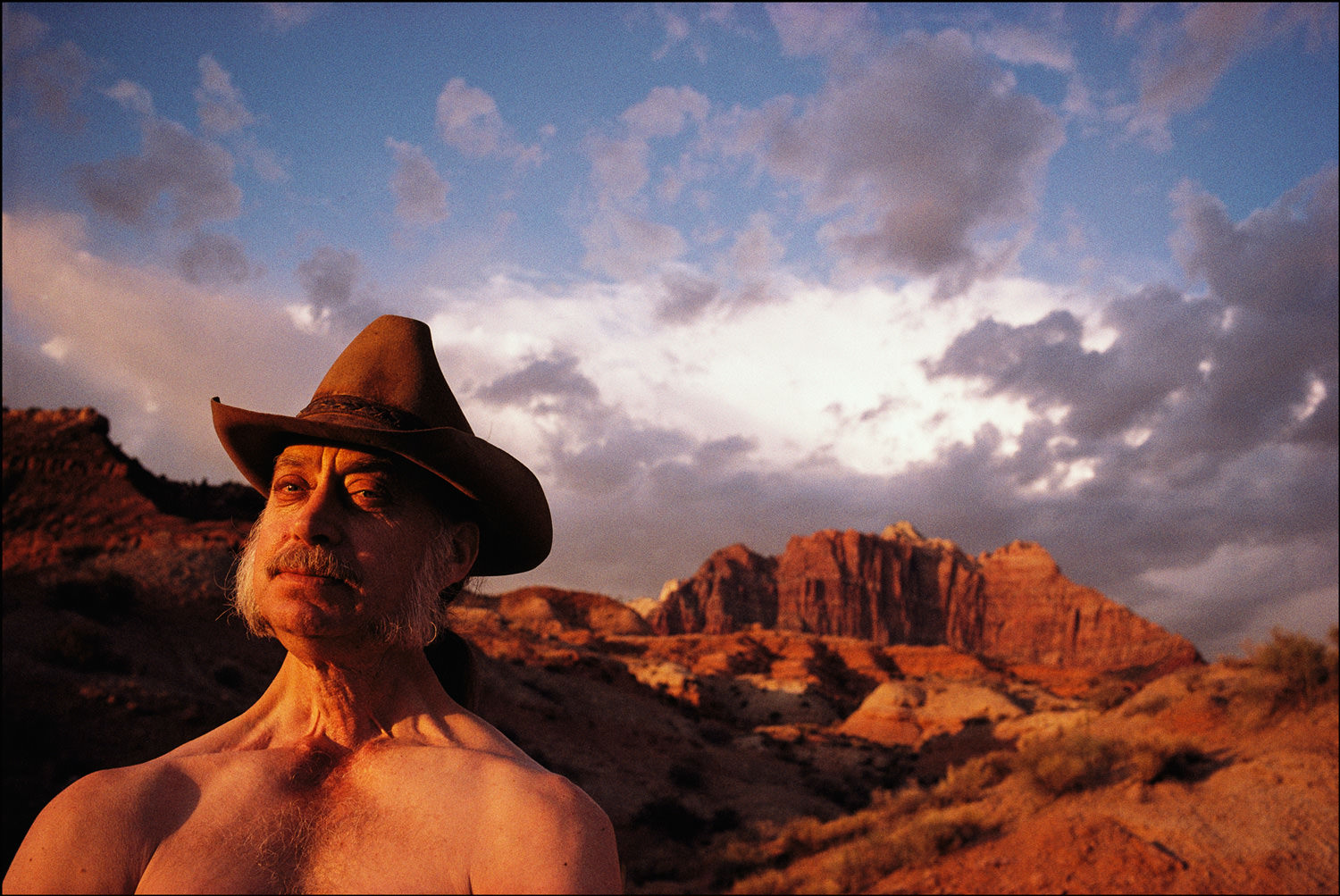
WMD

With pride, Vladimir Afonin, Security Chief, shows a book documenting Russian nuclear tests in Semipolitinsk, Kazakhstan. It is 30 degrees below zero.

At the Museum of Live Cultures, Director Nekrasova holds test tubes of genetically altered viruses that could be used to create biological weapons.

This secret bio-weapons test lab in the Nevada Test Site outside Las Vegas was built with everyday products available on the open market.

Children in Shchuch’ye Russia learn about the chemical weapons stored just outside their village. The children have only their scarves for protection in case of an accident.

Affected by radioactive clouds before they were born, Anatolli and Alexandre will live out their lives in Dolan, Kazakhstan, with only their aging mother to care for them.

The smallest victims of nuclear radiation from explosions 100 miles away are stored in jars in a medical school in Semipolitinsk, Kazakhstan.

His face shredded by the atomic blast, Hiroshima survivor, Hiroto Kuboura, is on a mission to bring other survivors out of the dark where they live between reverence and discrimination in Japanese society.

Victim of a sarin attack in 1994, Sumiko Kouno, is cradled in her husband’s arms. “She is still the center of my world,” says her husband, Yoshiyuki.

Judith Vollmer, poet and teacher, has come to Sedan Crater on the Nevada Test Site to better understand the loss of her father to radiation related illnesses.

Dave Timothy, a “Down winder” believes his multiple thyroid cancers were caused by the radiation from atomic tests that rained down on his boyhood home in Utah.

The vaccine meant to protect Rhonda Wilson, a decorated U.S. Army helicopter pilot, from anthrax almost killed her. Her body and mind destroyed, she feels betrayed by a military that denies the drug was tainted.

This RAVE wall at a government lab in New Mexico can simulate atomic blasts. Particularly valuable during the test ban treaty, it was used to monitor aging nuclear warheads.

With 300,000 miles of oil and gas pipeline, Texas is ripe for a terrorist attack. Here at “Disaster City” emergency response teams prepare in a special training facility.

The twin towers standing behind him, Bill Patrick, former head of the U.S. Biological Weapons Program, surveys a New York City building for weakness to attack.

One week later, the towers were down and rescue workers tried in vain to track survivors through cell phone transmissions.

An army of rescue personnel carried bodies to a makeshift morgue past a message written in the dust—an eye for an eye.

Only by scooping up his daughter, Scarlett, and hiding behind a bus stop did Max McCalam save their lives when the towers fell.
















